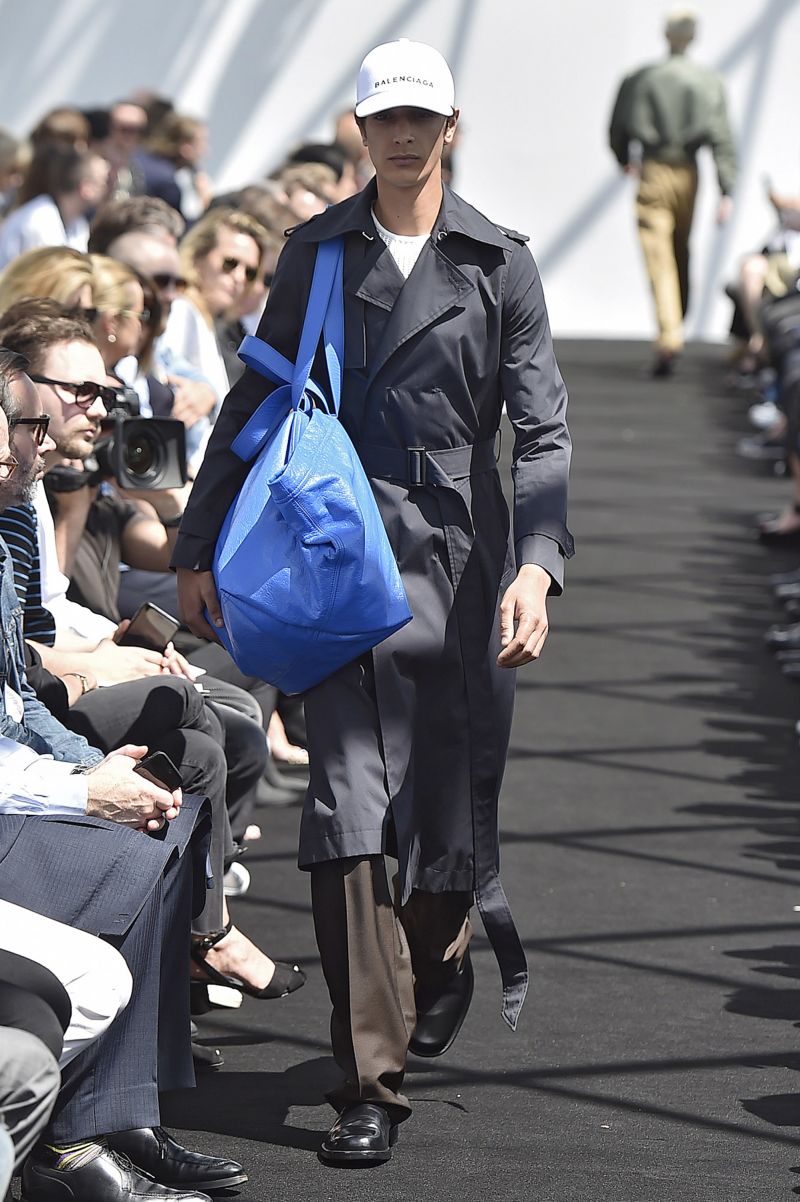The Creative Evolution of Designer Bags
In recent years, the fashion industry has seen a fascinating trend of incorporating everyday items into high-end designer bags. This transformation not only reflects the creativity of designers but also signifies a departure from traditional luxury norms.
Pop Culture and High Fashion
Moreover, many designers are inspired by pop culture, leading to unique interpretations of common objects. For instance, Anya Hindmarch’s charming bags resemble everyday items, like chips packets. This clever blending of the mundane and the luxurious provokes curiosity and conversation.


Innovative Designs
Consequently, brands like Balenciaga showcase a similar irreverence with their designs. Balenciaga’s creative director, Demna Gvasalia, brought a provocative edge to fashion, as seen in the 2016 trend of the DHL t-shirt, which became a street style staple.

Grocery Inspiration
Additionally, London designer Ashish presented glamorously sequined bags inspired by plastic grocery bags. This design approach highlights the intersection of high fashion with daily life, making high-end fashion accessible and relatable to the average consumer.

High-End Twists
Furthermore, luxury brands have put their own spin on these interpretations. For instance, Louis Vuitton’s Spring-Summer 2004 collection featured a checkered nylon shopping bag, merging functionality with style in an unexpected way.

Redefining Materials
Raf Simons took a novel approach at Jil Sander by giving paper bags a high-end twist, blending materiality with fashion trends effectively. This shift not only challenges perceptions of luxury but also encourages sustainability in high fashion.

Influence from Iconic Brands
Lastly, at Moschino, designer Jeremy Scott creatively draws inspiration from iconic brands like McDonald’s, enhancing the intersection of everyday life with luxury fashion. This compelling synthesis makes a statement about consumer culture and the industry’s relationship with it.





